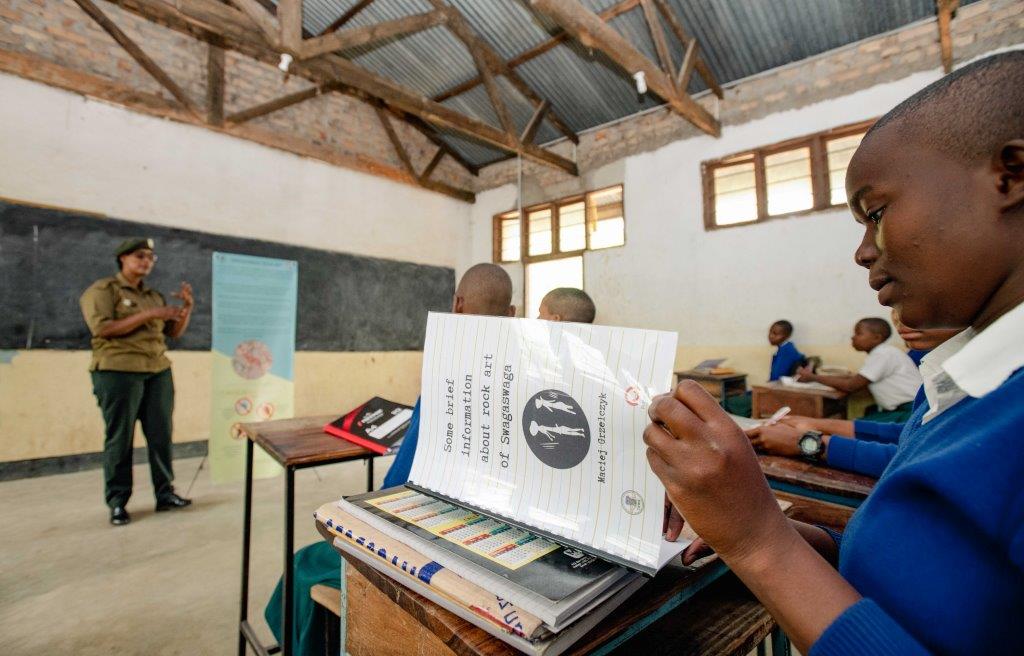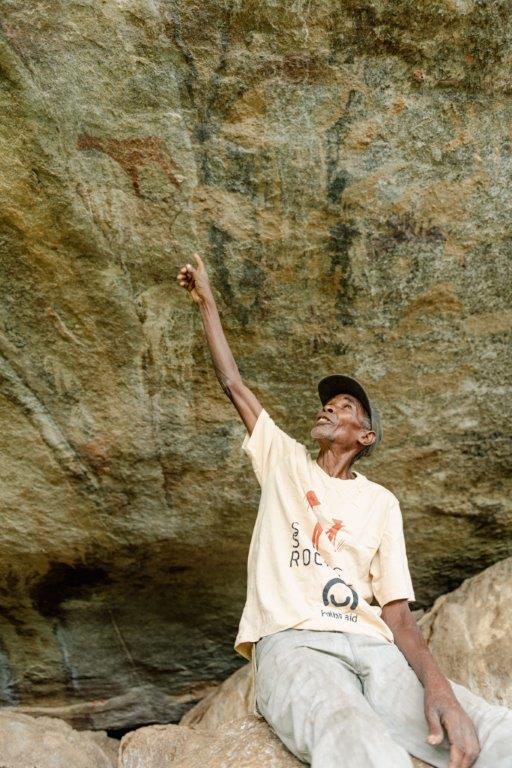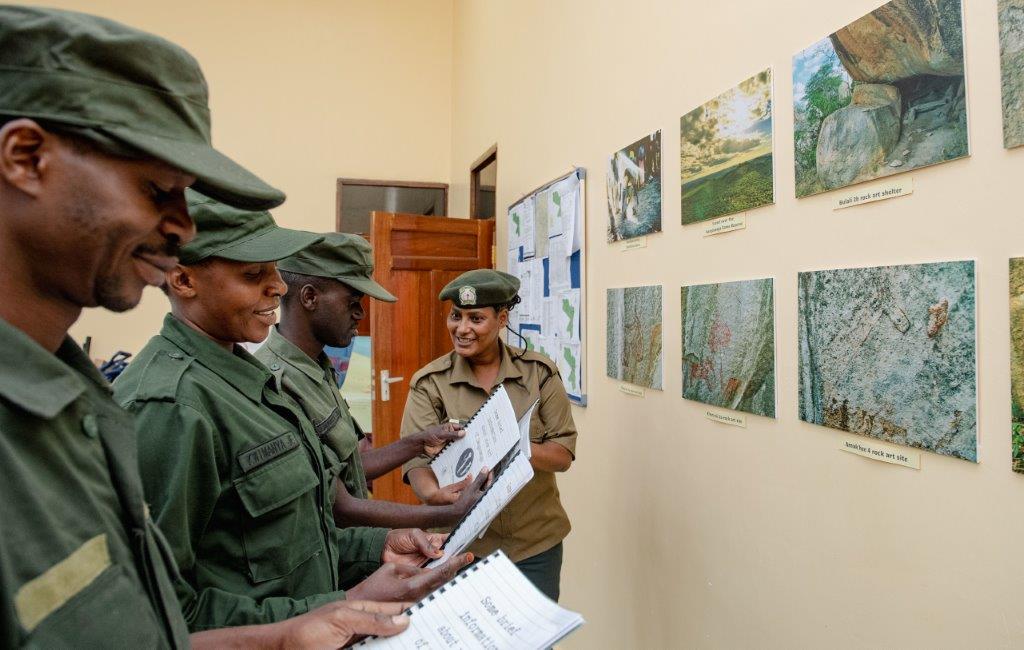We work to increase the entrepreneurship of Usandawe residents and protect rock art in Swaga Swaga Reserve
21.01.2022
Thanks to the involvement of Polish archeologist Maciej Grzelczyk and the Embassy of the Republic of Poland in Dar es Salaam, at the end of 2021 a project implemented as part of Polish aid aimed at activating and educating the inhabitants of the Usandawe area in Tanzania in order to protect rock art and the cultural heritage of the Sandawe community has been completed.

Located in central Tanzania, the Usandawe area is particularly rich in rock art sites. The paintings were made by the ancestors of today's inhabitants of the region: Sandawe. This community currently numbers about 15-20 thousand people, for whom the paintings in most cases appear merely as enigmatic signs that prove the presence of their ancestors. The importance of the rock art in Usandawe region of Tanzania for the scientific world and cultural heritage is priceless, however the members of the Sandawe community themselves lack basic knowledge about the paintings, and inadvertently contribute to their destruction. The project implemented as part of Polish Aid aims to change this state of affairs. To this end it is necessary to promote education of local inhabitants of the region, from the youngest ones to the representatives of local authorities.
Currently, the Sandawe community lives only by farming and grazing animals. At the same time, the project implementation site is located about 200 km from the capital of Tanzania - Dodoma, where the number of domestic and foreign visitors is growing every year. Swaga Swaga is therefore a nature reserve and tourist destination that is the closest to the capital of the country. This means a high probability of the increase in the number of visitors to this place in the coming years.
In the framework of the project, classes on the importance of the cultural heritage of rock paintings were conducted among students from eight schools in the area surrounding Kwa Mtoro. The classes were welcomed by teachers who often demonstrated their gratitude for appreciating the local culture, which is often considered less valuable in Tanzania. Training for employees of the Swaga Swaga reserve was also carried out and an exhibition of photos, which is currently at the disposal of the park authorities, was prepared. Furthermore numerous information and promotional materials, including posters, leaflets, T-shirts and promotional bags, were made and distributed. Local women participated in the preparation of some of these promotional materials. As a result, a group of local residents acquired skills that will allow them to produce handicrafts (e.g. handmade paper) and profit from such activities in the future. Thanks to the project, residents of the Usandawe region will gain a greater possibility of real earnings from tourism.



